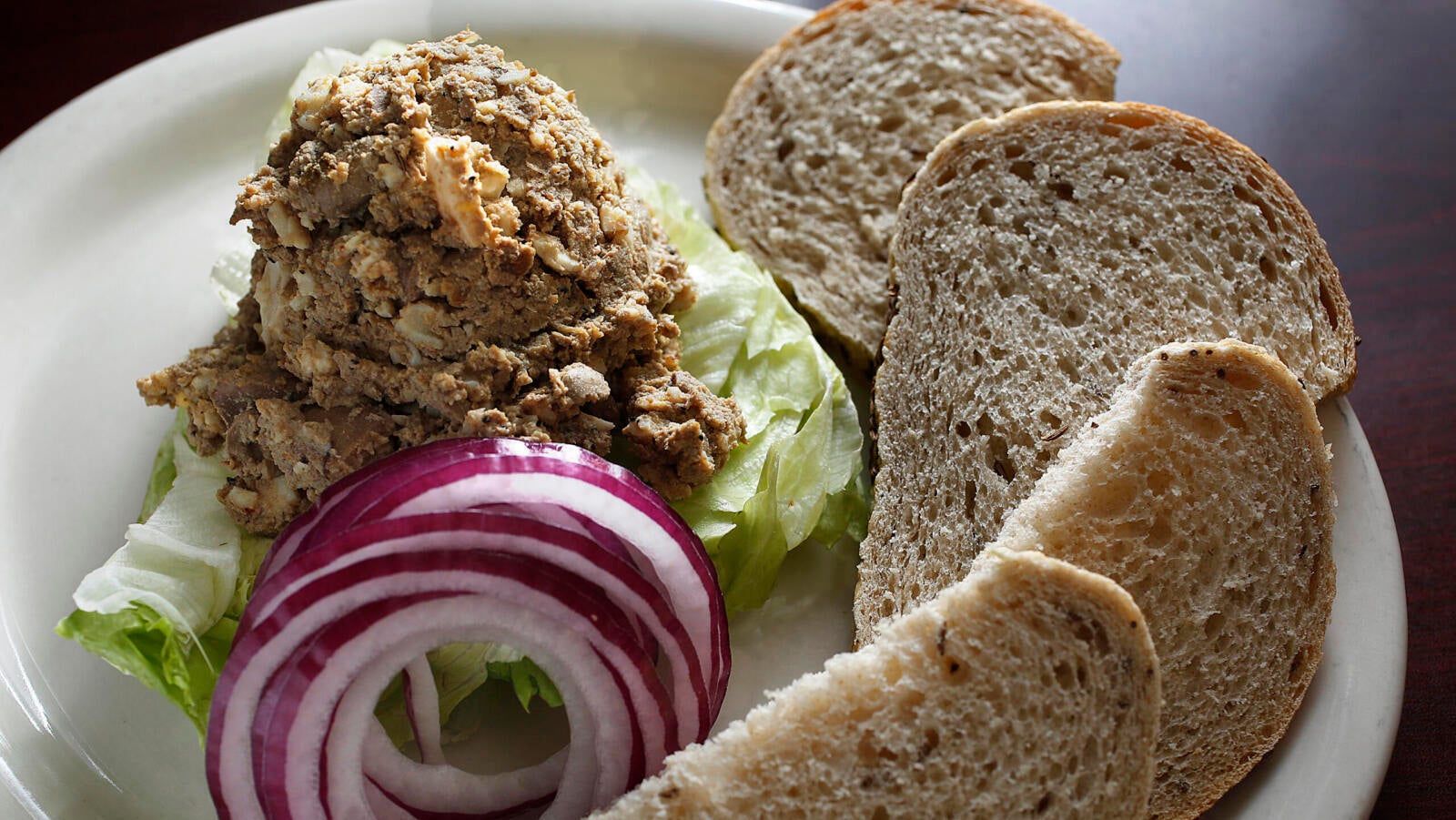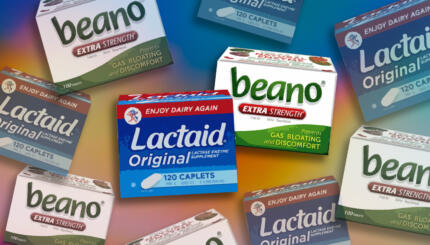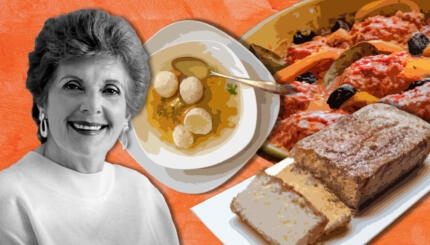Chopped liver is different to other Jewish foods. There has been plenty written in these virtual pages about it, but I want to look at what makes it unique as a food today. I began thinking about this when I interviewed Jeffrey Yoskowitz of The Gefilteria, for an upcoming episode of my podcast “18 Jewish Foods.” Our discussion of this aspect of chopped liver did not make the final edit, so I want to share it here.
Chopped liver is an organ meat, rather than a muscle, thus placing it in the category of offal, or “variety meats.” This alone is not peculiar. Offal has historically been significant in worldwide Jewish cuisine. Oddly, however, chopped liver is still commonly eaten today while most other organ meats are not. Obviously, this is not universal. Some people still love offal, and eating habits vary by location, as well. But in much of the Western world, organ meats have generally fallen out of favor. People long ago stopped eating calf spleens, lamb brains or turkey testicles, but for some reason they still eat chopped liver! Why?
Liver is not unique. There are a few other types of offal that are also still consumed, even in America. Tongue, for example, remains popular as a cold-cut deli meat for sandwiches. Sweetbreads (which, contrary to many people’s beliefs are not brains, but pancreas or thymus) are less popular than they were a few decades ago, but still can be found in fancy restaurants and at catered affairs. But, neither of these are remotely as popular as chopped liver. Its beloved place in the American Jewish kitchen has even been cemented by a popular idiom. No one says, “What am I, p’tcha?!”
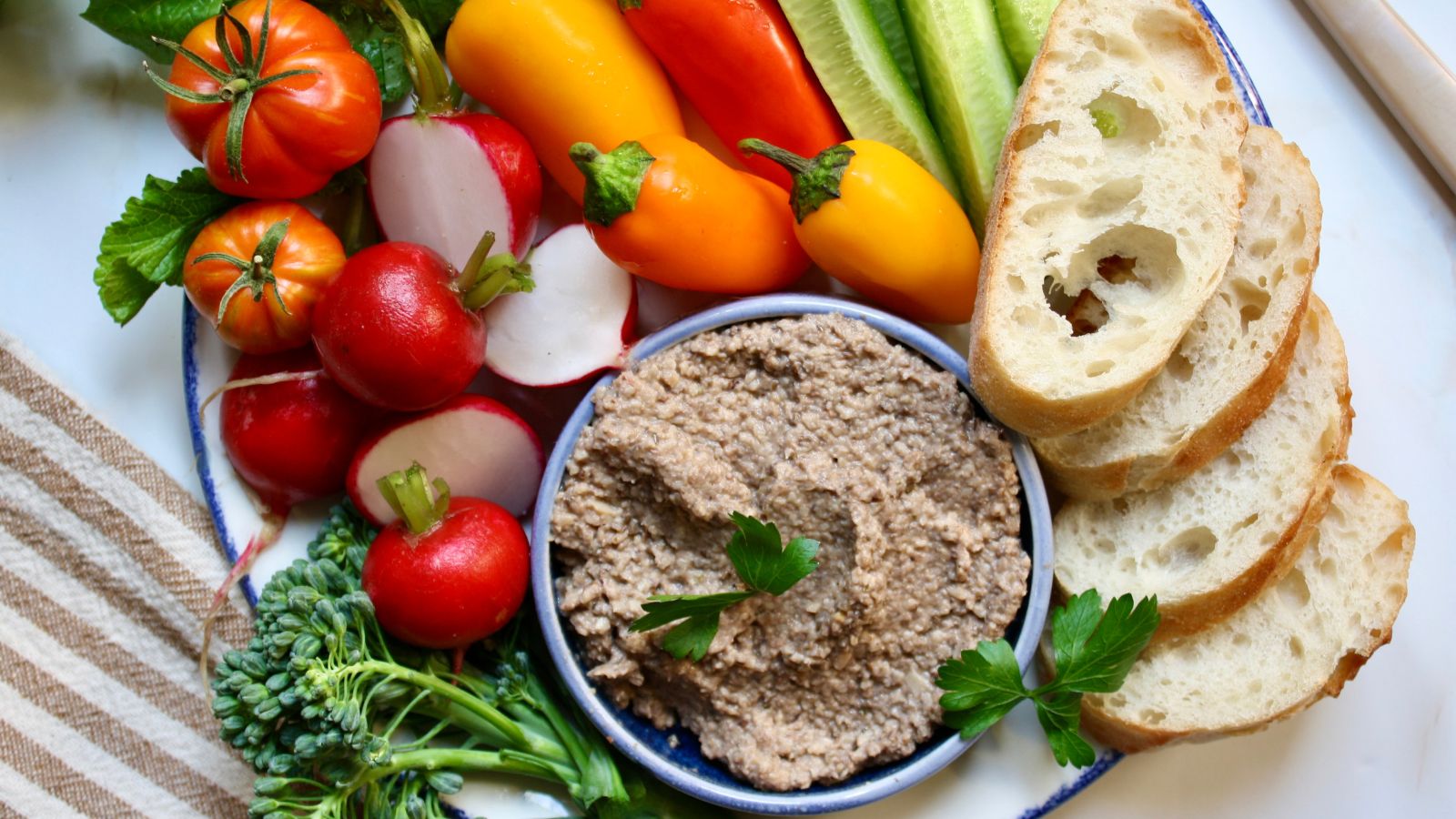
Furthermore, liver stands out; it is called by the organ’s name, rather than by a euphemism like sweetbreads. It’s also the only offal dish that I can think of that people make imitation versions of! I’ve never come across “mock tongue” or “imitation oxtail.”
Interestingly, while offal is common in Mizrachi and North African Jewish cuisines, liver on its own was never very popular for these communities. At best it was part of the stuffing for spleen, tripe, or intestines. So what explains its unique popularity among Ashkenazi Jews?
When I first raised this question of chopped liver’s unique persistence, many people explained it simply by claiming, “because it tastes delicious.” While I can’t dispute this opinion (there is no arguing with taste), it doesn’t hold water for me as an explanation. Taste is subjective. Some people love chopped liver, but many others hate, or are indifferent to it. I’m certain many people passionately proclaimed that lungen (cow lung stew) or miltz (spleen) were delicious, too. So why does liver remain popular while other offal dishes have gone the way of Roman garum?
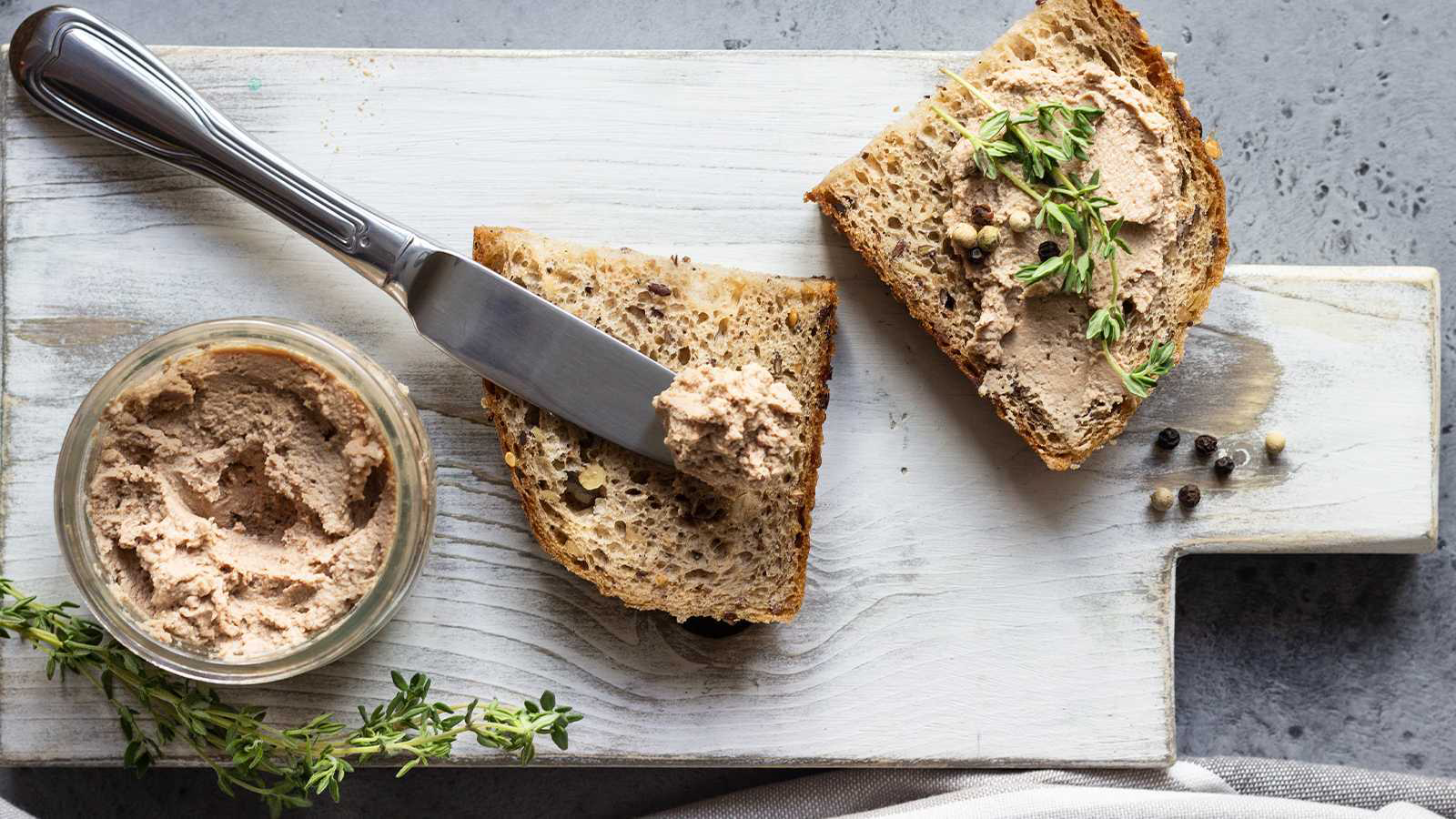
I can only speculate, but to me the explanation reflects the dish’s origins in Europe, and the American contexts in which it was eaten. For starters, let’s not underestimate the French connection. Pâté de foie gras is recognized as the most likely ancestor of Ashkenazi chopped liver. Jews were very familiar with foie gras; in Alsace (the Ashkenazi heartland), Jews were among the experts in its creation. They fattened geese to create more schmaltz for their cooking, then sold the livers to non-Jews once foie gras had become popular and commanded a high price.
This may also explain liver’s lower popularity among non-Ashkenazi Jews. Schmaltz was the primary cooking fat in the colder parts of Europe, while olive oil was more popular elsewhere. So those Jews who didn’t fatten their poultry to get more schmaltz would find smaller livers in their slaughtered animals. But for the Ashkenazim, not only were their poultry’s livers larger, they were the only organ meat in the birds of any decent size on their own.
Yoskowitz sees the French aspect as even more significant. In America, French cuisine was seen as the ultimate in class. And as he says, “If the American Jews were anything, they were aspirational.” So an Ashkenazi classic that resembled a French delicacy would appeal to American Jews as something they would want to eat, and proudly.
Beyond that, chopped liver’s place in the American delicatessen setting is also significant. Among offal, chopped liver and tongue are the only ones normally served in a sandwich — the main type of deli food. Since the deli became the most iconic of American Jewish eateries, its most popular foods also came to define American-Jewish cuisine. While I have not yet researched this deeply, I think most other offal dishes were more commonly eaten at home, rather than in delis.
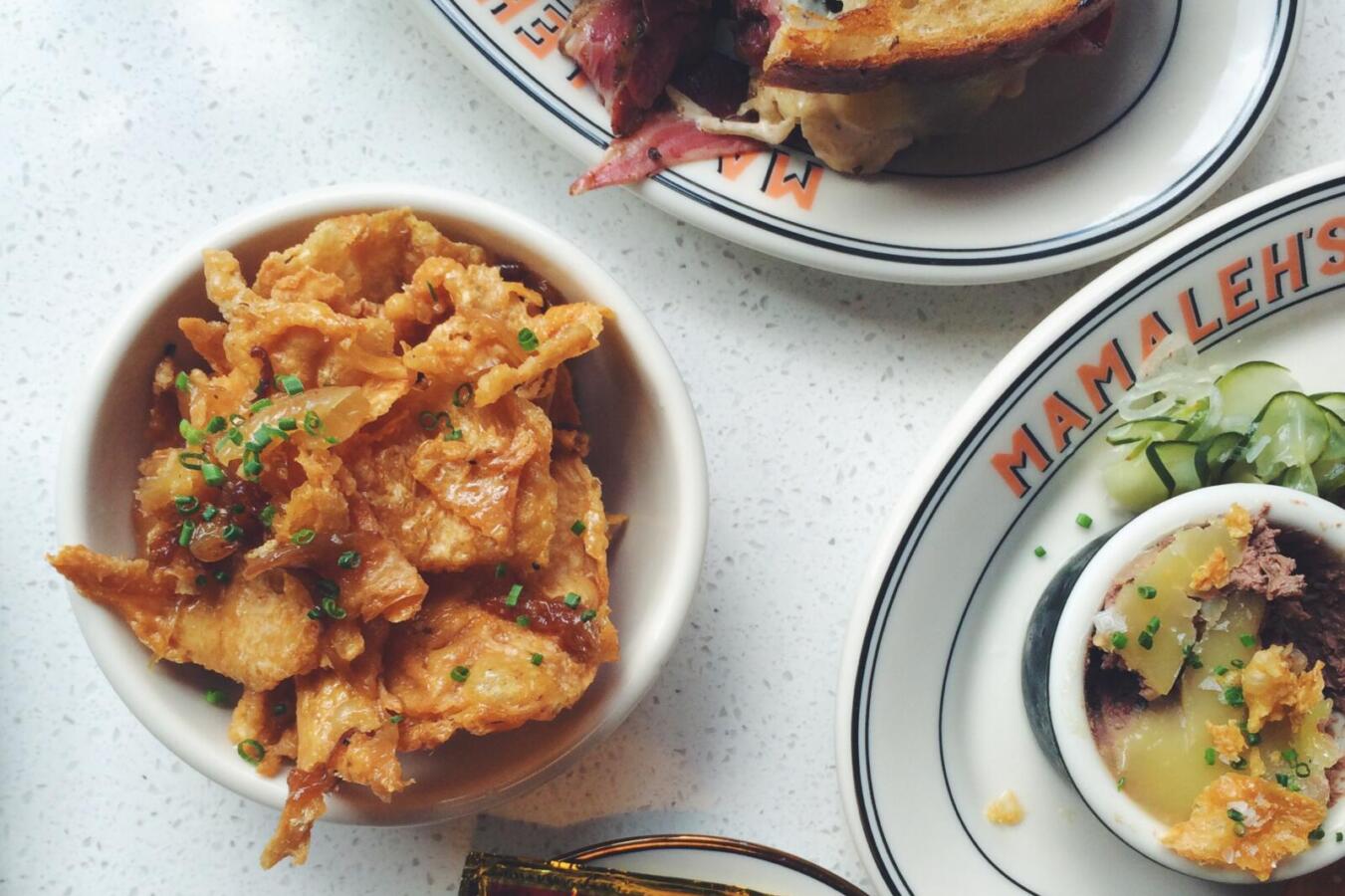
This aspect might also explain why of all the Jewish American staples, chopped liver is one of the few that is called by its English name. We commonly eat challah, kishke, gefilte fish, knishes, kugel and cholent. But we don’t order gehakte leber. The deli was where our cuisine became Americanized. Similarly, another popular deli food was “chicken soup with matzah balls,” not goldene yoich mit kneidlach.
Chopped liver’s persistence as an Ashkenazi delicacy can best be explained by its European origins as a by-product of producing schmaltz, combined with certain aspects of American Jewish life (growing affluence, the popularity of the deli, etc.). As Yoskowitz also points out, it was a significant feature of the Jewish holiday table. All of this helped solidify chopped liver’s place in the American Jewish food canon.
Reprinted with permission from The Taste of Jewish Culture. Find “18 Jewish Foods” wherever you stream podcasts, or here.
